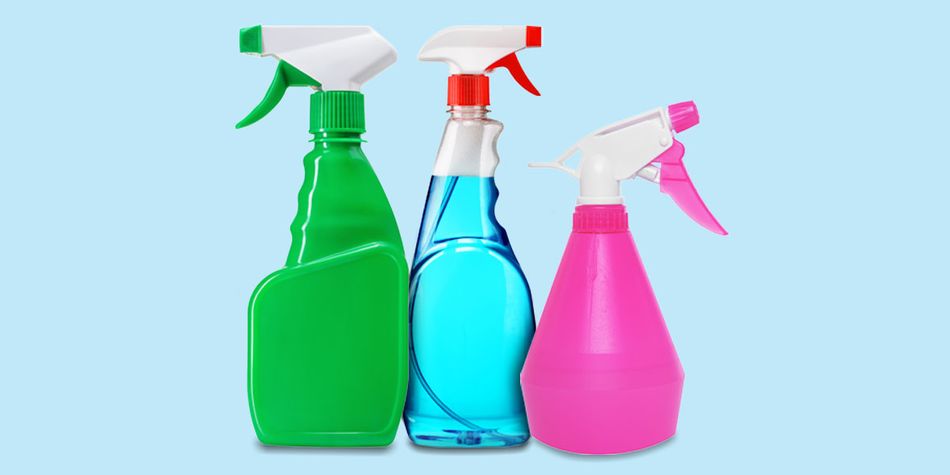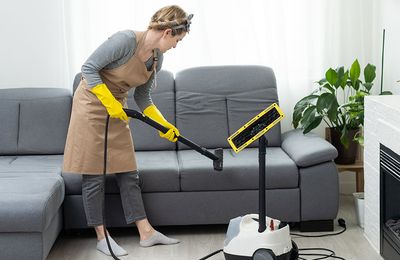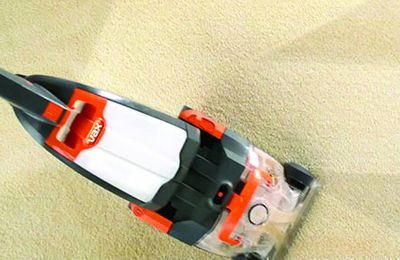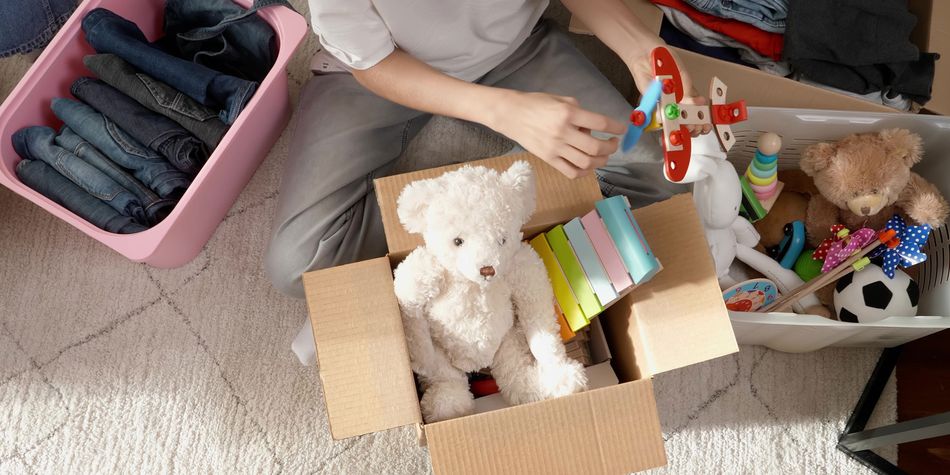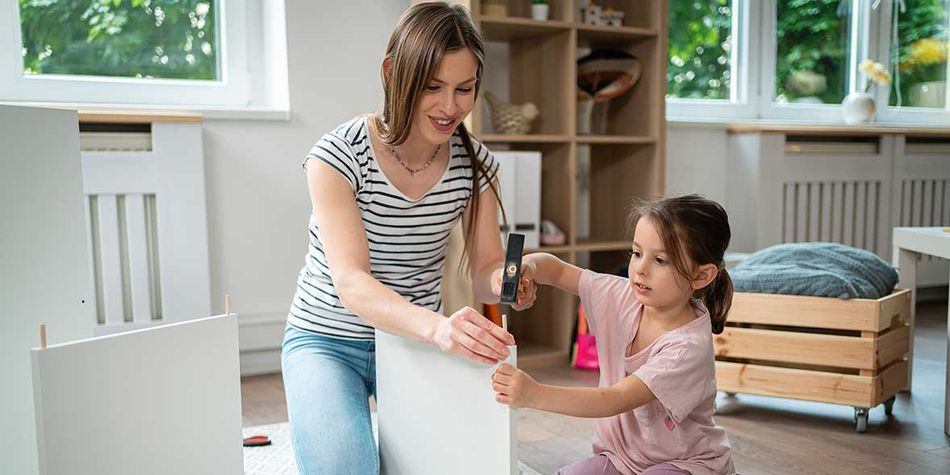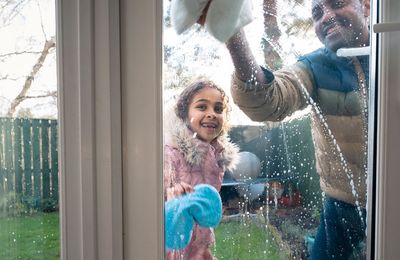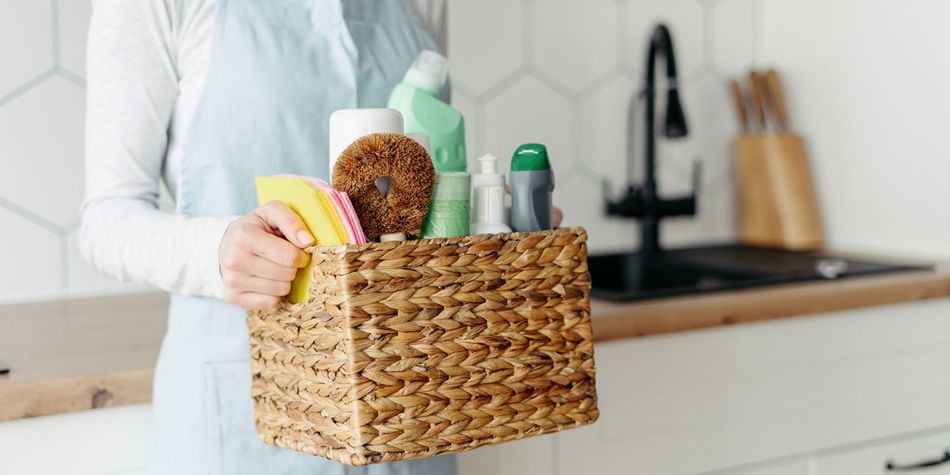Spring cleaning: tips and tricks to help you blitz the big clean

Longer, brighter days make it easier to spot dirt in our homes, signalling that it's time for the annual spring clean. To help you get the job done without cutting corners, we've collated the best spring-cleaning tips from Which? experts.
Our cleaning checklist covers how to banish nasty smells from the kitchen, deal with drains, treat fabric stains and avoid common mistakes. And thanks to our expert reviews, you can uncover Which? Best Buy products to bolster your cleaning toolkit.
Jump to:
- Room-by-room spring cleaning checklist
- Essential spring cleaning products
- Common spring cleaning mistakes
Be inspired to make home improvements. Sign up for our Home newsletter, it's free monthly
Room-by-room spring-cleaning checklist
Cleaning the bathroom
At a glance: Unclog shower drains, tackle limescale and mould, manage damp and condensation, and wash your shower curtains.
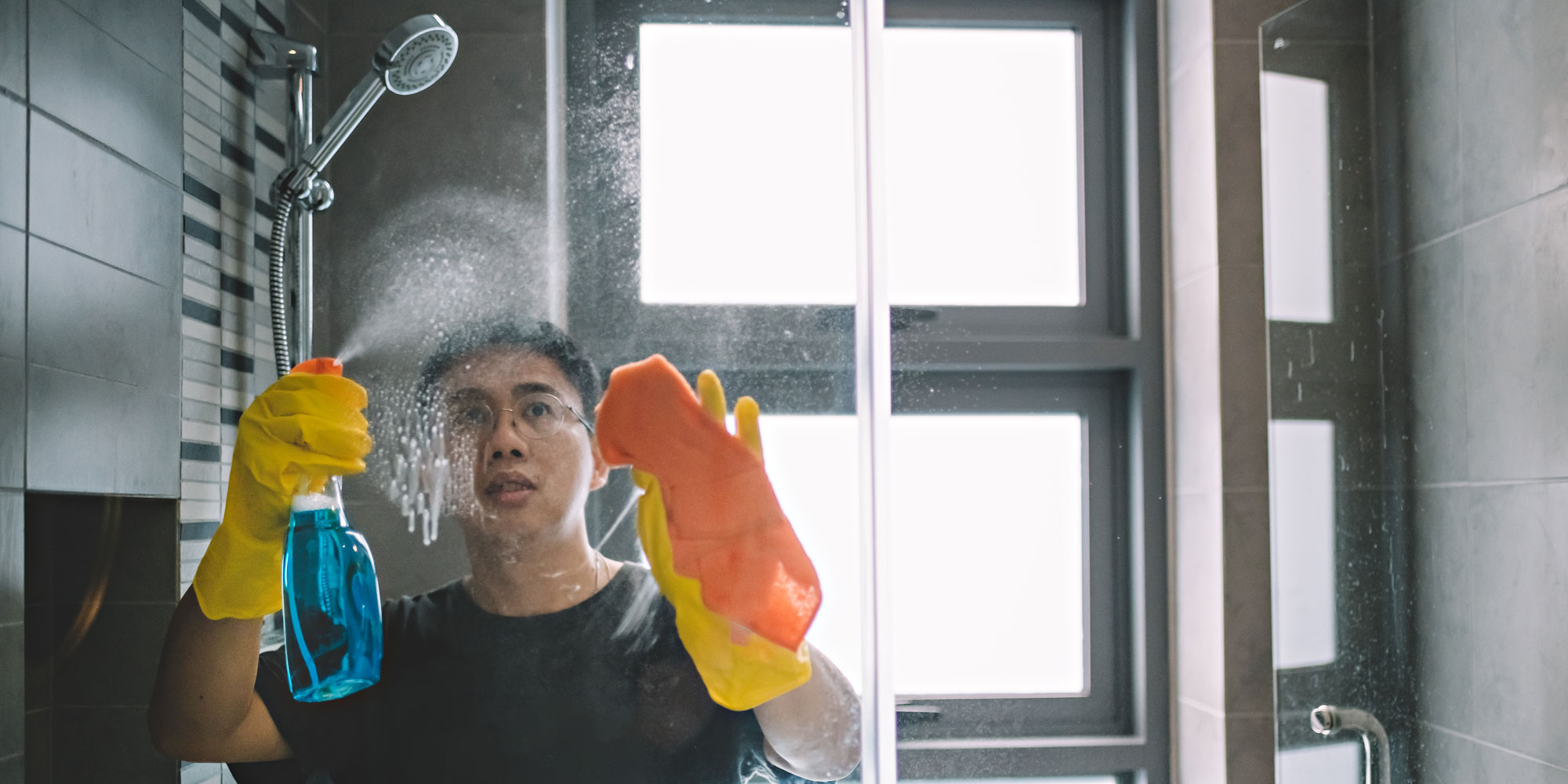
- Shower drain: This is an area where pipes can get clogged. If your shower tray is slow to drain, try a shower drain unblocker. Remember to wear gloves and old clothes.
- Tackle limescale and mould: It can easily build up in grouting and other wet areas. You can buy specialist products from supermarkets and DIY stores to shift tough dirt and limescale, or you can get anti-mould grout-reviving pens.
- Deal with early signs of condensation or damp: This is as much about prevention as cure. The more condensation builds up, the more likely it is to cause mould or other damage, so clear it regularly with an old towel or squeegee. See our advice on how to get rid of damp.
- Shower curtain: These can be hard to clean in situ, so consider taking yours down for a proper wash (check the care labels for how to do so).
Cleaning the kitchen
At a glance: Pay close attention to your sink, appliances and food-waste bins.
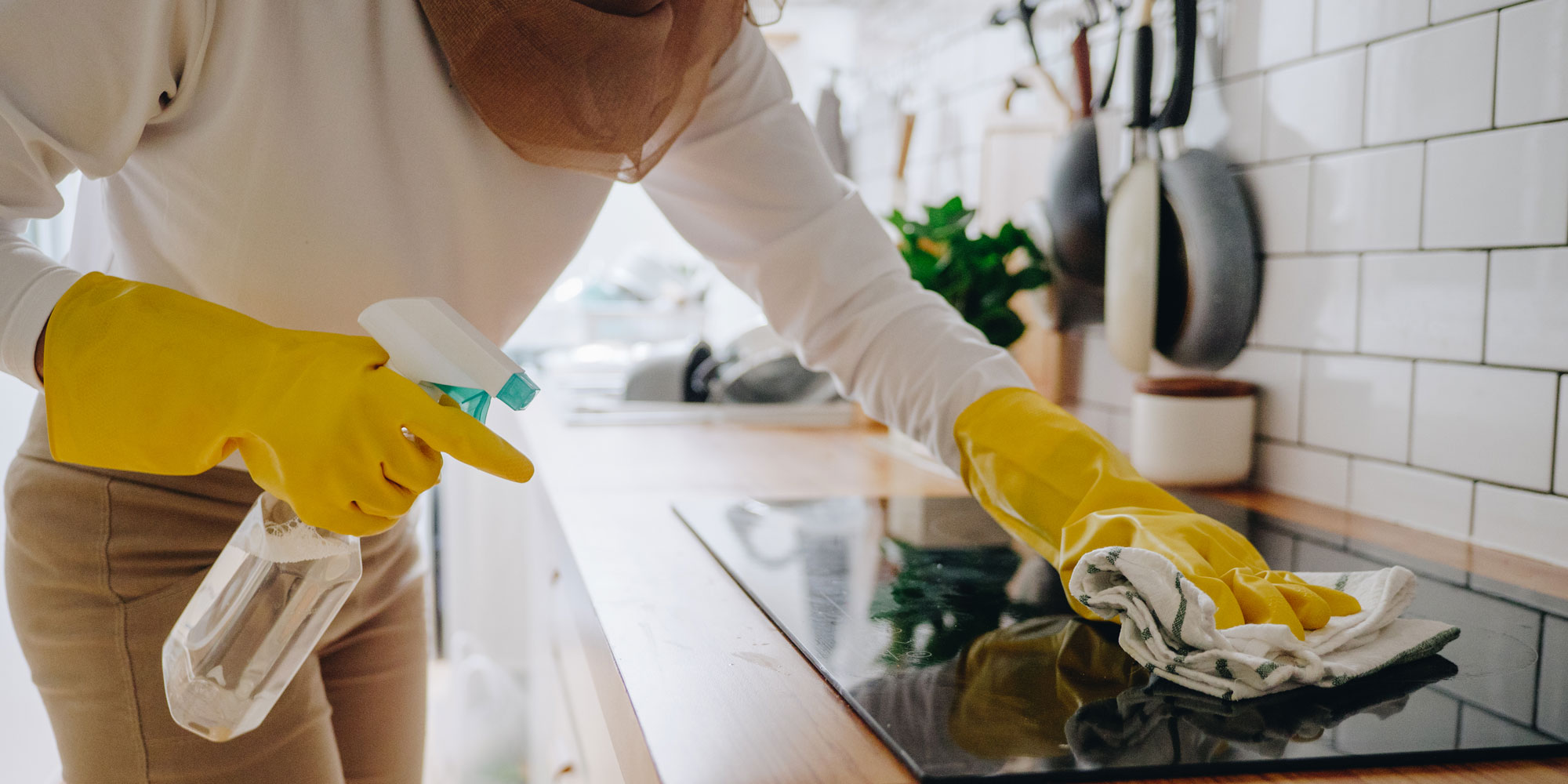
- Kitchen sink: A clogged pipe can make water slow to drain, make it harder to clean the rest of your sink and can eventually start to smell. We suggest using a top-rated kitchen drain unblocker.
- Cooking appliances: The hob and oven are obvious cleaning targets, but your cooker hood and surrounding area can also build up grease and grime that a casual wipe won't shift. See our tips on how to clean your cooker hood and how to clean an air fryer.
- Rubbish and food-waste bins: Give them a thorough wash and scrub once in a while. After cleaning your bin, try placing bicarbonate soda or cat litter at the bottom to minimise bad smells in the future.
- Fridge: Address unnoticed spills, clean out drawers and get rid of all the food leftovers – this will prevent bad smells and stop bacteria from spreading.
- Freezer: Unless you have a frost-free model, it might have acquired a layer of ice. Defrosting it doesn't have to be a major chore, though – consult our guide on how to defrost your fridge freezer.
- Dishwasher: It's easy to forget that appliances designed to clean sometimes need cleaning themselves, especially after periods of intense use. With a dishwasher, small amounts of food can get trapped in areas such as the filter. Find out more in our guide on how to clean a dishwasher.
Cleaning the living room
At a glance: Rent or buy carpet cleaners for deep cleaning, vacuum sofa crumbs, tackle fabric stains early and deal with chimney maintenance.

- Carpet: A good carpet cleaner can help to restore your carpet to its former glory. You can rent carpet cleaners from some high street retailers or dry cleaners or, if you've got lots of carpets in your home, you might want to buy your own. Read our guide to the best carpet cleaners to help decide what works best.
- Sofa: Nibbles on the sofa will inevitably lead to crumbs under the cushions. If your sofa's in need of a refresh, see our tips on how to clean a sofa.
- Chimney: If you have a chimney, getting it swept regularly is vital for ensuring it doesn't get overloaded with sooty deposits. Any obstructions could become a fire hazard and will prevent smoke from escaping from your home. You should also have your stove serviced annually to make sure it's working efficiently and safely, so if you haven't already, now would be a good time to do it.
Use Which? Trusted Traders to find a professional carpet cleaner, chimney sweep or stove technician near you:
Cleaning the bedroom
At a glance: Clean your mattress to prevent dust mites and stains, and declutter your wardrobe.
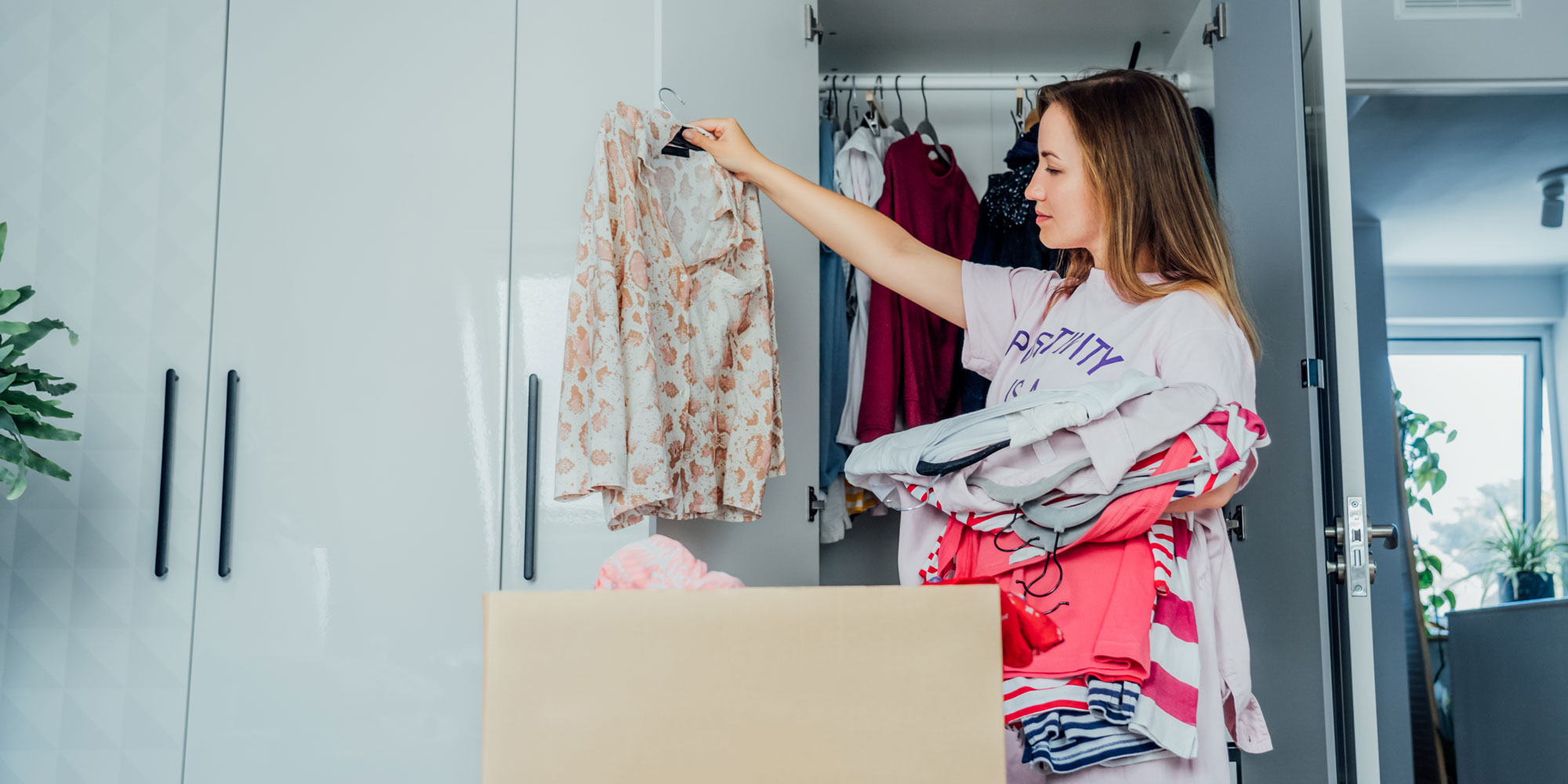
- Mattress: This is easy to forget about as it's covered by bedding most of the time, but cleaning your mattress is key to avoiding dust mites and removing stains (see also: how to clean a mattress). If you've had your mattress for more than eight years, it could be time to consider replacing it.
- Declutter your wardrobe: Sort through your clothes and send any that are old or don't fit you to charity. Some charities or clothes recycling banks will even be able to make use of worn out, holey items. Alternatively, you can recycle your oldest clothes as cleaning rags; old T-shirts make particularly good kitchen rags.
- Declutter other areas: Studies have shown that a messy bedroom can impact your sleep quality, as too much clutter can make a space feel chaotic, making it hard to relax. Read our tips for decluttering in three simple steps.
Essential spring-cleaning products
Try a dust-busting steam cleaner
If you have asthma or allergies that are exacerbated by dust mites, investing in a capable steam cleaner could be a wise move.
The high temperatures produced by steam cleaners aim to eliminate all traces of dust and harmful bacteria without the need for harsh chemicals, and the best we've tested will clean almost every inch of your home.
As well as cleaning hard floors and carpets, bathrooms and curtains, you can use a steam cleaner to sanitise a mattress. You can also experiment with modes designed to clean your oven and hob (as long as you avoid the oven's heating element), and speed up defrosting the freezer while sterilising its surfaces.
We've tested various steam cleaners, including:
- Karcher SC3 EasyFix – has two-stage steam flow control and comes bundled with a brush nozzle, descaler cartridge, floor nozzle, extension tubes and hand tool.
- Polti Vaporetto Eco Pro 3.0 PTEU0260 – in the box, you get various accessories including a floor and carpet brush, squeegee and anti-limescale solution.
- Dupray Neat Steam Cleaner – a multipurpose cleaner with a 1.7-litre non-removable tank.
To see which models we recommend, see our guide to the best steam cleaners.
Use a Best Buy vacuum cleaner
A powerful vacuum cleaner can help you tackle accumulated dust and any stray pet hair. If you're shopping for a new model, remember that going cordless can be handy for awkward jobs such as vacuuming stairs.
As a vac is essential to any spring clean, check that yours is in good condition and clean it out regularly by emptying the bag. If it's struggling with suction, see our advice on how to fix a vacuum cleaner.
Popular corded vacuum cleaners* that we've tested include:
- Shark HZ3000UKT – has a detachable handheld cleaner that's designed for use on the stairs, furniture or inside a car.
- Miele Blizzard CX1 Powerline SKRF5 – a corded cylinder vacuum cleaner that’s bagless, so dust is collected in a container rather than in disposable bags.
- AEG Clean 5000 AB51C2DR – alongside the standard floor nozzle, it has secondary attachments for cleaning upholstery and corners.
Discover the best vacuum cleaners and best cordless vacuum cleaners.
* Based on the number of visits to our reviews over the past 12 months, as of March 2025. Note that 'popular' and 'impressive' can be two different things, so consult our expert reviews before you consider buying.
Freshen up your walls with washable paint
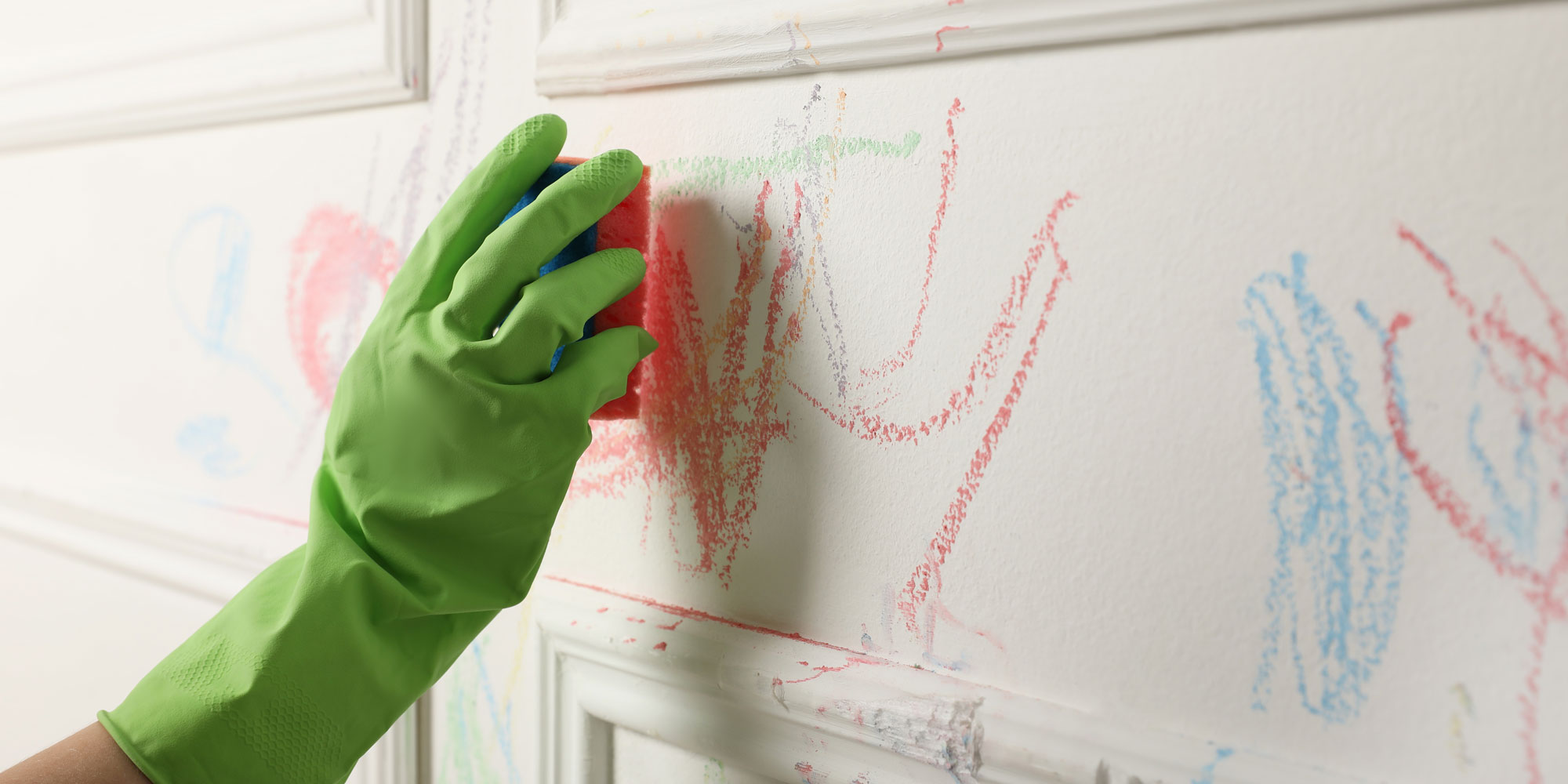
Washable paint is more durable than standard paint and shouldn’t flake, peel or fade when you need to clean stains or scuff marks.
To wash your wall without damaging the paint, give it a dust first, then clean it using a soft sponge lightly dampened with warm soapy water. For stubborn marks, leave the soapy solution for 10 minutes before rinsing off with clean water. Don’t over-soak your sponge or the wall.
We've tested matt emulsion paint from Dulux, Farrow & Ball, Johnstone, Little Greene and more to find the best washable paints.
Banish marks with a cleaning spray
A dedicated stain remover is your best bet for shifting a mark on your sofa, curtains or a cushion, or a dried-on stain that a carpet cleaner can’t get rid of.
On a mission to see which popular stain removers do their job effectively, we've tested bathroom sprays, kitchen sprays and all-purpose sprays.
See which cleaning products we recommend with our guide to the best cleaning sprays.
Clear clogged pipes with a drain unblocker
Having a powerful drain unblocker at your disposal will help you de-clog pipes and avoid a kitchen sink full of dirty water.
We've tested kitchen drain unblockers by pitting them against a tough food obstruction consisting of broccoli, lard and breadcrumbs. For shower drain unblockers, we undertook the pleasant task of mixing hair with shampoo to make drain-clogging hairballs.
To avoid frequent use of these harsh chemicals, invest in drain protectors to stop food and hair going down your plughole. Enzyme cleaning sticks designed to naturally digest fat, grease and soapy residue are also useful for keeping drains clear and odour-free.
Discover the best kitchen drain unblockers and best shower drain unblockers.
Test your CO and smoke alarms
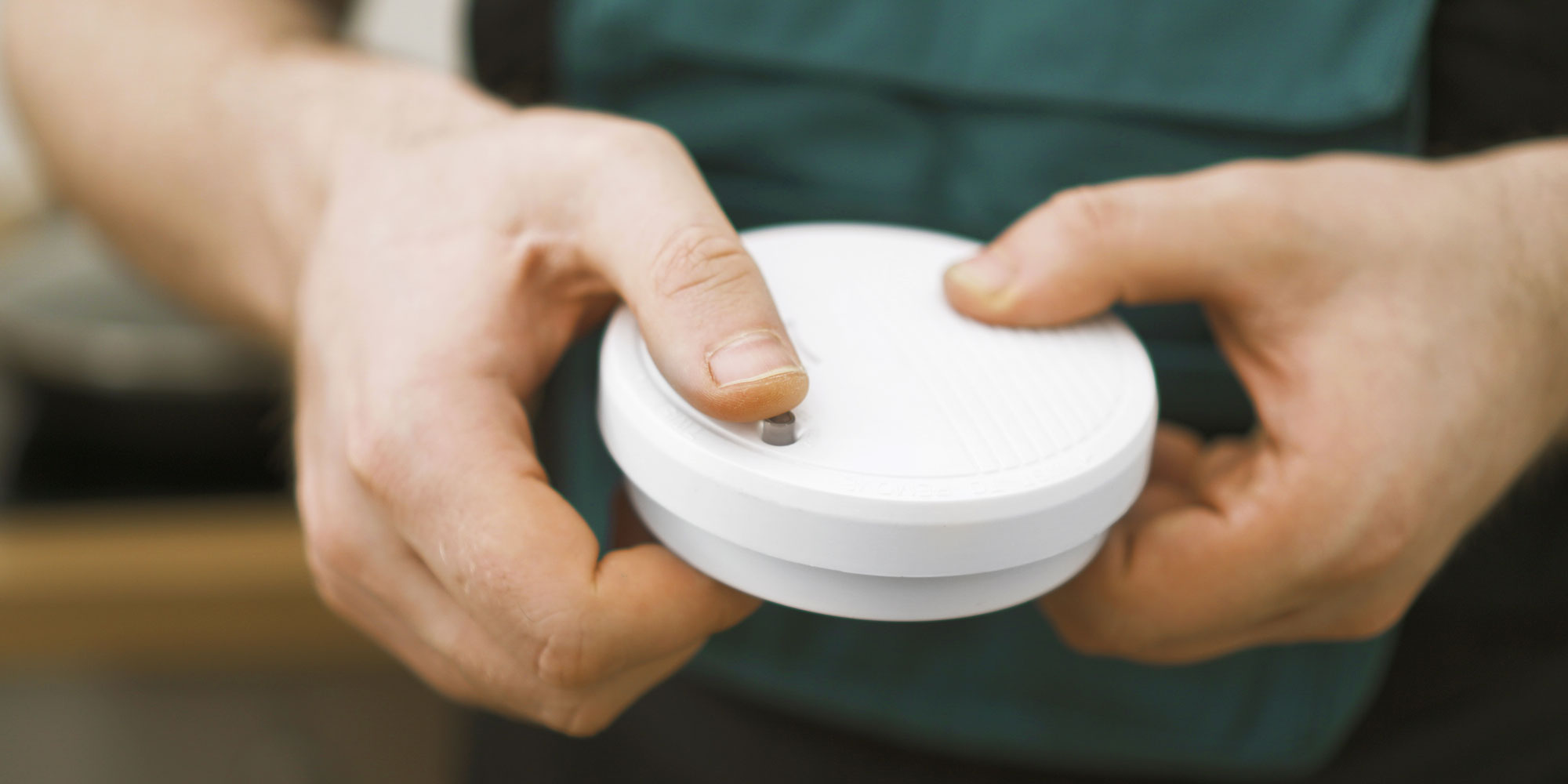
While giving your home a once over, check that your carbon monoxide (CO) and smoke alarms are working as they should. Use the test button and change the batteries if they’re more than a year old.
If you’re in Scotland, you’ll need to install interlinked heat and smoke alarms in your home. Many major manufacturers (Aico, FireAngel and Kidde) have smoke and heat alarms that will work with one another so they all sound.
We've tested various smoke alarms, including:
- Fireangel SB1-R Optical Smoke Alarm – a reasonably priced alarm that takes disposable batteries.
- Aico Ei3016 Optical Smoke Alarm – a sealed alarm that can be linked with other related Aico smoke and heat alarms.
- Kidde 10SCO Smoke and Carbon Monoxide Alarm – this is a combined smoke and CO alarm.
Read our guide on the best smoke alarms.
Keep your floors fresh with a carpet cleaner
To ensure your carpets are as clean as possible, we recommend going over the area with a vacuum cleaner before using a carpet cleaner. You should do this even if you use a multi-function carpet cleaner that has a vacuuming mode as well as washing.
Read the instructions carefully to find out how many times you need to go over each section of carpet. The carpet should take around 24 hours to dry thoroughly after it has been cleaned.
We've tested various carpet cleaners, including:
- Vax Platinum Power Max ECB1SPV1 – suitable for a mix of floor surfaces and comes with plenty of accessories.
- Bissell ProHeat 2X Revolution Pet Pro 20666 – a 2-in-1 pet and upholstery tool with a 4.5-litre dirty water capacity.
- Rug Doctor Deep Carpet Cleaner – this model rinses and sucks water back up in one pass.
Jump straight to the top-rated models in our guide to the best carpet cleaners.
5 common spring-cleaning mistakes
1. Starting without a plan
Don't begin without a plan. Start by making a to-do list of essential tasks, with the most important and time-consuming at the top, and smaller, easier jobs at the bottom.
Once you're clear about what needs to be done, work systematically through your house room by room. Clean from one side of the room to the other, and from the ceiling to the floor. This logical system ensures you'll be thorough, without missing any areas.
Tidy and declutter rooms first, so you can reach everywhere when it's time to dust and vacuum.
2. Forgetting to look up
It's easy to get caught up in cleaning the areas and objects that you can see, and completely forget to look up and clean anything above your eye line – or things that are out of sight. However, your ceiling, any fixtures and fittings above (such as lights or ceiling fans) and even shelves and door frames also need to be cleaned.
The problem is, if you forget this until after you've cleaned everything closer to ground level, you'll spread dust and dirt all over your lovely new clean areas. To prevent this from happening, clean each room from top to bottom – not bottom to top.
3. Ignoring your mattress
You might not often think about your mattress other than when you go to bed – and even then it's not necessarily at the forefront of your mind. However, even if it doesn't have noticeable stains or smells, a mattress still collects bodily fluids and dead skin.
Read our guide ton how to clean a mattress and, if you have unwanted guests, how to get rid of bedbugs.
4. Forgetting about indoor air quality
Make sure you consider the air quality of your home. This can easily slip your mind, given that it's not something you can visually assess. Nevertheless, there are several things you can do while spring cleaning to improve the quality of your air.
Be conscious of the chemicals you're using during cleaning and the air pollution they might create. Ensure good ventilation by opening windows, and consider investing in an air purifier.
Read our tips for reducing air pollution in your home and check out the best air purifiers.
5. Cleaning everything with white vinegar
A quick web search on how to clean will bring up results hailing white vinegar as a natural, non-toxic, sustainable and cheap store-cupboard cure-all for just about anything.
But while it's good for cleaning some things, it could cause irreparable damage to others. This is because while white vinegar's acidity is good for descaling kettles, cleaning ovens and descaling your shower head, the very thing that helps it dissolve limescale can also eat away at other surfaces in your home.
Do not clean these items with vinegar:
- Mirrors: You shouldn't use anything acidic, whether vinegar or lemon juice, to clean mirrors. This is because it can seep behind the thin coating and corrode the silver backing that gives every mirror its shine. Instead, use a non-corrosive, gentle cleaner along with a microfibre cloth.
- Steam iron: While vinegar is a great way of flushing limescale out of your kettle, you shouldn't use it to descale your steam iron. It can permanently damage the inside of the iron by eating away at the protective coating and eroding plastic, rubber and metal parts.
- Stone or granite kitchen countertop: While the vinegar won't be on there long enough to cause a lot of damage, it can eat away at the surface and cause your granite or stone surfaces to lose their shine. Instead, clean them with washing-up liquid diluted with water.
- Dishwashers: Vinegar can tarnish the stainless steel insides of your dishwasher and deteriorate any rubber seals, such as the door seal, pump and drain pipe. Plus, if vinegar mixes with salty residue during the cycle, it can discolour metal dishware and utensils. You shouldn't have to worry about limescale if you use dishwasher salt, as it softens the water.
- Washing machines: Vinegar can corrode the plastic and rubber parts, potentially leading to leaks. So always invest in a dedicated washing-machine cleaner. Instead of adding white vinegar to a wash to soften clothes or towels, try soaking them in a mix of water and white vinegar, then rinsing them off before washing as normal. Read more about this in our guide on how to get soft, fluffy towels.
- Electronic screens: Vinegar can strip off the protective coating from your electronics. Instead, use microfibre cloths to get rid of dust and other particles. Then use isopropyl alcohol spray or wipes to remove germs and nasty microbes. It's worth checking the manufacturer's instructions for cleaning and maintenance advice, too.


